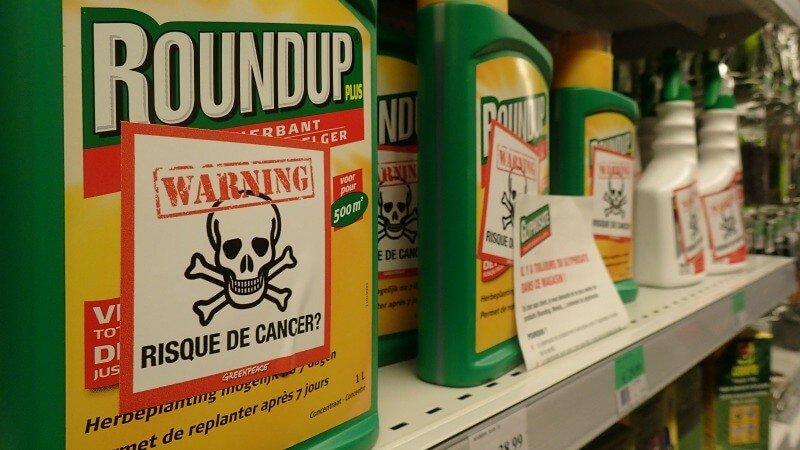The French government’s agricultural research institute found that banning glyphosate will significantly increase production costs for French farmers practicing no-till and conservation agriculture. On the majority of conventionally tilled land the ban will increase production costs, but the impacts will be less significant. France plans to ban glyphosate by 2022, but farmers hope that this report and others that highlight the negative impacts on agricultural production will encourage the government to reconsider the decision or postpone its implementation.
At the request of the French government, the French Agricultural and Environmental Research Institute (INRAE) analyzed the economic impact of banning glyphosate on arable crops. The result of the analysis was published on June 16, 2020: INRAE report on the economic impact of alternative to glyphosate for arable crops. This report follows a 2017 report assessing the uses and technical alternatives to glyphosate. INRAE also published a July 2019 a report on the economic impact of alternatives to glyphosate in vine crops and a report on the economic impact of alternatives to glyphosate on fruit cultivation in December 2019.
France intends to ban glyphosate by 2022, the same year the EU commission must decide on the renewal of the herbicide’s approval for use in the European Union. According to a study by the French Ministry of Environment, 9700 MT of glyphosate were sold in 2018, a 25 percent increase from 2008. France banned sales of glyphosate for non-agricultural use in January 2019.
The latest INRAE report sampled more than 17,000 fields in France representing about 90 percent of typical French arable fields for all major crops. The goal was to assess the economic impact of the glyphosate ban on various crops and geographic areas as well as on different types of production methods. The report focused on soil management techniques, such as tilling instead of using glyphosate. It assessed changes in labor and energy costs (such as fuel for tractors), investments in soil working equipment (such as ploughs) as well as increased labor requirements.































